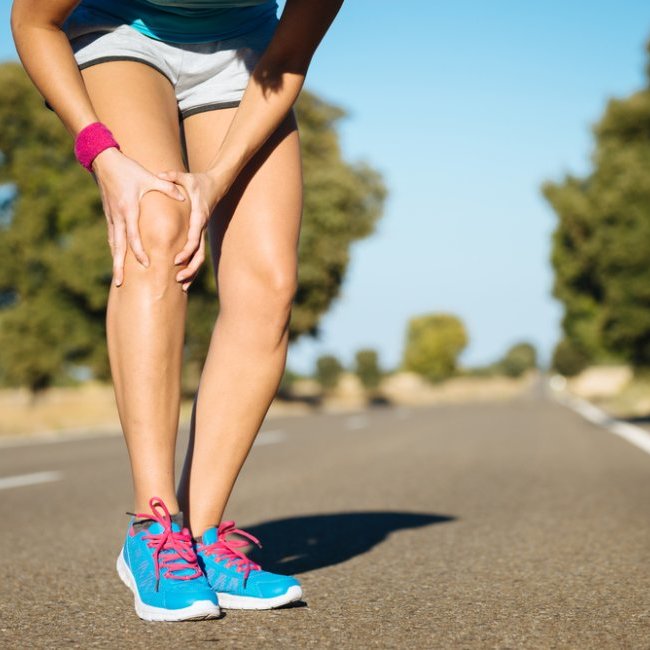


Physicians
Orthopedic Surgery
Shoulder & Knee
Sports Medicine
 Healthgrades
Healthgrades
Orthopedic Surgery
Shoulder & Knee
Sports Medicine
 Healthgrades
Healthgrades
Orthopedic Surgery
Shoulder & Knee
Sports Medicine
 Healthgrades
Healthgrades
Orthopedic Surgery
Shoulder & Knee
Sports Medicine
 Healthgrades
Healthgrades
Orthopedic Surgery
Shoulder & Knee
Sports Medicine
 Healthgrades
Healthgrades
Body parts
Your patella is your kneecap; the word femoral refers to your thigh. So a patellofemoral stress syndrome is pain affecting your kneecap, generally felt in the front.
This particular pain increases when you engage in activities that put pressure on your knees, or cause them to bend: running, walking stairs, squatting, or sitting for too long. You may also feel a popping or grinding sensation when you are moving your knee.
Running, jumping, doing squats with weights — these are the kinds of activities that cause this stress syndrome. The repetitive stress is thought to cause irritation under the kneecap, wearing down or softening of the cartilage under it. If your kneecaps are not aligned correctly, or you are doing your squats the wrong way — not keeping your knees straight, instead allowing them to lean in — this kind of pain can result. Injury or prior surgery can cause this pain as well. It’s a syndrome that generally affects younger people, but it also affects women in significantly higher numbers than men.
To determine the specific cause of your knee pain, and to begin thinking about treatment, your doctor will ask you about your knee pain, how long you’ve had it, and under what circumstances you feel the pain. The physician will likely press on or rotate your knee into a variety of positions. There are a lot of conditions that cause knee pain; this kind of manipulation can help determine the one that is causing yours. “We may need to take a few tests — either x-rays, or CT scans, or an MRI. These kinds of imaging tests can help pinpoint the root of the problem,” says John Dundon, MD, an orthopedic physician at OINJ.
“Rest is usually a good place to start with patellofemoral stress syndrome,” says Dr. Dundon. “Of course, the population that develops this syndrome is generally active, so rest may not be as easy as it sounds. But avoiding or modifying activities that cause the pain is key. We may recommend over-the-counter pain relievers as well, to start. And rehabilitation exercises are always an important part of a treatment plan for this syndrome. Braces, arches, and taping — outer supports for your knee that keep your kneecap aligned correctly — may be advised as well.
“If our scans show significant cartilage damage, we may want to go the arthroscopy route, a minimally-invasive procedure that allows us to remove tiny bits of damaged cartilage,” says Dr. Dundon.